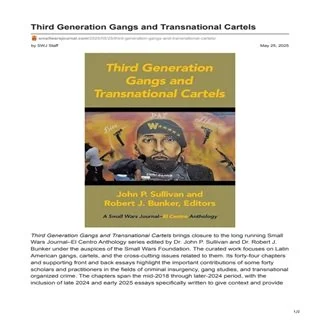By Yongjae (David) Nam, Travis Carter, Scott Wolfe, Allison Rojek, Spencer G. Lawson
The City of Saginaw (MI) was financially crippled by the lengthy national recession and steady
deterioration of the domestic automobile industry. Once home to five automobile production
plants, four of those sites now sit uninhabited. Several other major manufacturers have closed
plants or drastically reduced the number of employees. These losses dramatically increased
unemployment and devastated the city’s tax base. According to the Bureau of Labor Statistics,
unemployment in Saginaw peaked in July 2009, standing at 23.5%. The 2018 American Community
Survey indicates that the unemployment rate for Saginaw was 14.9%. This rate is higher compared
to a national unemployment rate of 5.9% and a rate of 6.5% for Michigan. The 2010 Census reports
that Saginaw’s median household income was $29,809 and per capita income was a mere $16,153,
both nearly half the state of Michigan and U.S. averages. About 33.6% of the total population lives
below the poverty line, more than double the state of Michigan average (14.2%) and nearly triple
the U.S. average (12.3%). Census reports show the population of Saginaw decreased by nearly
13,000 people (20.7%) from 2000 to 2018 (from 61,799 to 48,997 people). Saginaw’s population
decline, deteriorating property values, shrinking income tax collections, and drastically reduced
state revenue sharing continue to severely impact the city’s ability to provide basic public services,
creating quality of life issues and high violent crime rates. Despite a high incidence of crime, poor
economic conditions forced the city to make the inevitable decision to reduce the size of its police
department from 160 police officers in 1997 to its current level of 54 officers (66.3% decrease).
From 2016 to 2018, 42 homicides were committed in Saginaw. Most were committed with a
firearm, and more than three-fourths were drug and/or gang-related. Additionally, there were
another 138 victims of non-fatal shootings. In 2018, Saginaw’s violent crime rate per 100,000
residents (1,621) was more than four times the national average (381) and more than three times
Michigan’s average (449). In addition, Saginaw’s homicide rate (22.8) was over four times both the
national average (5.0) and Michigan’s average (5.5). Moreover, data reveal that Saginaw's overall
crime rates are 64% higher than Michigan’s average and are 34% higher than the nation's average.
The Saginaw Violent Gang and Gun Crime Reduction Program (hereafter, Saginaw PSN) was
aimed at addressing these problems. Table 1 provides an overview of the goals, objectives, and
outcomes of the Saginaw PSN program
East Lansing, MI: School of Criminal Justice, Michigan State University., 2022. 53p.






















